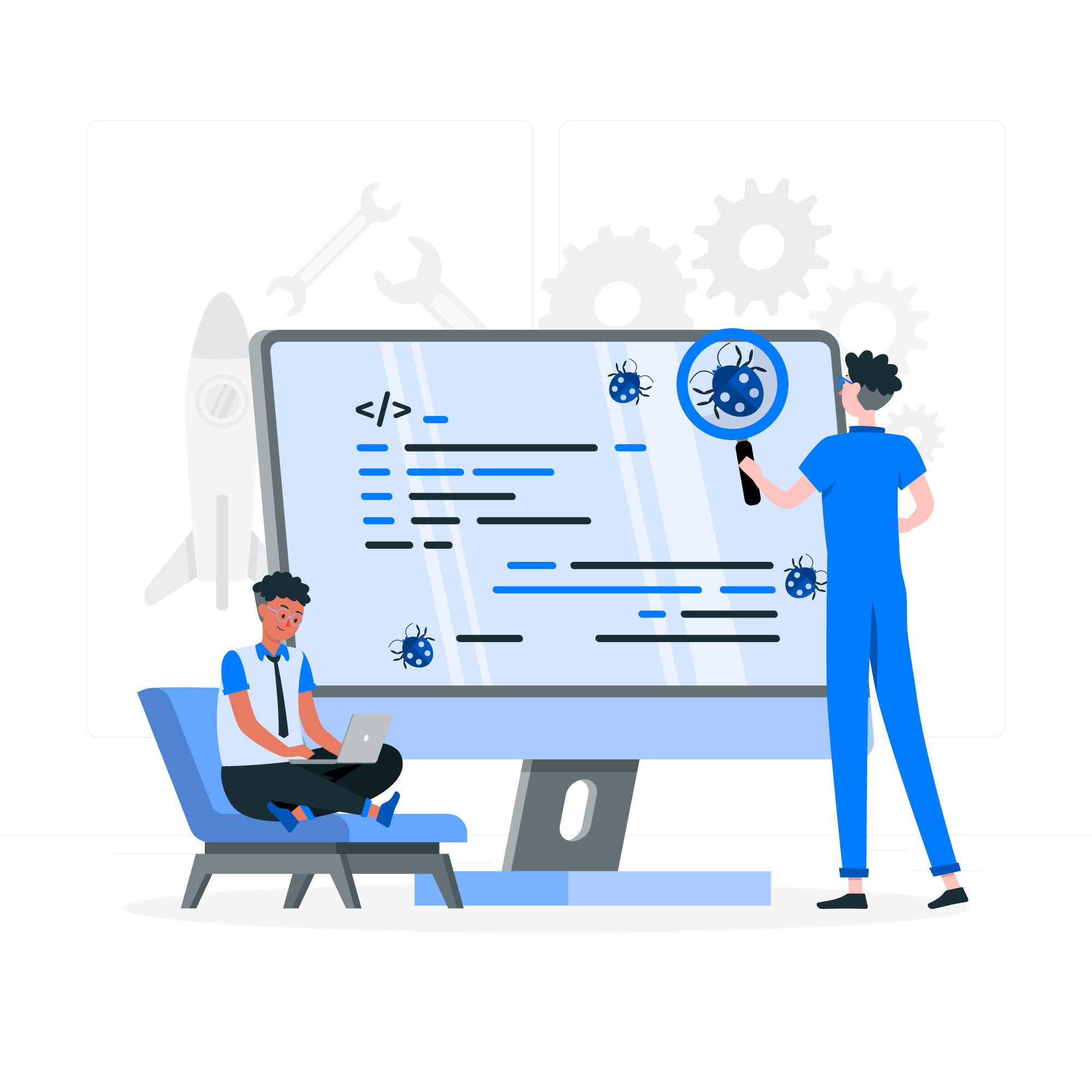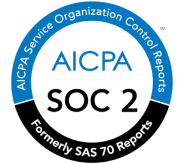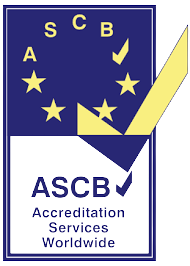Table of Content
- Introduction
- Getting to Know SaaS Fatigue in Phases
- Phase One: Explosion
- Phase Two: The Downside
- Phase Three: The Rise Of AI And No-Code Tools
- Phase Four: The Financial Implications
- Conclusion
- FAQs on SaaS Fatigue
- Is there a risk of security vulnerabilities associated with managing multiple SaaS applications?
- How does SaaS fatigue impact business agility and adaptability?
- Can SaaS fatigue affect the scalability of a business?
- How does SaaS fatigue influence operational costs for businesses?
- Does SaaS fatigue impact the onboarding process for new employees?
- How can SaaS fatigue affect the quality of data and analytics in a business?
- Can SaaS fatigue hinder innovation within a business?
Introduction
I have recently encountered a latent trend at a global level, which is termed SaaS fatigue. Many companies are facing it but have no knowledge of what it is called. If we talk about the Indian economy, this is a trend which will soon become too overwhelming and tiring to handle.
It is a term that defines that there is an ongoing and continuous fatigue which decision makers of an organisation go through when they are dealing with multiple SaaS solutions in their business unit or firms.
In short, finding a new software solution to streamline your business and HR activities is not easy. This situation not only applies to the Indian region but also to other countries in Southeast Asia and MENA regions.
As industry leaders at a global level, we’ve all faced and done the drill. There have been times when we literally have been flipping new tools, setting up countless demo sessions, being bombarded with empty promises, and getting under-delivered and overpromised.
The outcome makes us exhausted. No wonder we end up losing hope of finding a good quality product in the desired niche, delivering nothing but mainstream features with beautified UI/UX.
To understand the context of SaaS fatigue in detail, read the post below at your pace.
Also read:
4 Common HR Technology Challenges With Solutions
Want to skip the content?

Getting to Know SaaS Fatigue in Phases
Phase One: Explosion
The advent of the SaaS model has helped businesses to scale up, giving them time, resources, and space to achieve unprecedented levels of outcomes. Businesses are able to implement automation from pre hire to post retire and focus on more humane and strategic tasks to stand out in the market for better positioning in the target group’s mindset. Clients are also receiving automated updates, and there is no need to manually roll out everything from updates to query resolution procedures that are placed within the mainstream business to deliver similar and seamless experiences to end users.
In fact, the pay-as-you-go model empowered global-grade businesses, even with a tight budget, to prepare themselves to be future-ready, digitally transform their operations, and test the technologies that were earlier limitedly accessible to large organisations.
However, the ease of using the easily accessible and available SaaS had its challenges, too. It has created an overly saturated market over the years. The market stage has reached a position when there is literally an app or a tool for everything.
Phase Two: The Downside
Every new product in the Indian, MENA, or Southeast Asian market ends up having a challenge or a con, too. There is literally no product that fits every company or business need usually. Now, because of that, companies find themselves stuck in the rut of multiple subscriptions and never-ending operational costs. Even if each SaaS service or product solves a particular problem, eventually, investing in multiple solutions becomes a costly affair for the management or product managers.

Beyond that, there is another charge that makes the decision-makers run for the hills. The costs which I am talking about here are the integration costs. Not every software or SaaS service provider allows easy integration with other tools and competitors. It makes the business process for the management more complex than earlier. They find themselves in the predicament of data inconsistencies, lack of automated workflows, data privacy, and duplications.
Phase Three: The Rise Of AI And No-Code Tools
There is no barrier or difficulty in entering the SaaS product or service creation with the advent of the no-code and AI tools. Now, you can create high-end and interactive UI/UX designs in the SaaS tools without having experience or a degree in software development as long as you have the knowledge of what you want in a particular and how you want it to look.

Online educational videos, open-source forums, and other freely available resources have further proliferated the SaaS market. Individuals are able to create entire software without having to write even a line of the coded script.
But this democratisation of the SaaS tools has its own cons as well, contributing to the deluge of the software that ends up adding no value to the business impact and growth when implemented.
Phase Four: The Financial Implications
Initially, each SaaS might look like a drop in the bucket of the financial budget of the firm. However, adding too many SaaS products in the tool kit for the HRs can be financially burdensome for the firm.
The subscriptions keep piling up along with the hidden costs like integration charges, scaling-up costs, or maintenance fees. Other than that, there’s opportunity cost, which the business heads and decision-makers are missing out on.
 Seldom do they think about the hours they need to spend on the new tool to learn its nitty-gritty and end up wasting hours that they could have spent on their own business to scale, excel, and garner better outcomes as expected over a period.
Seldom do they think about the hours they need to spend on the new tool to learn its nitty-gritty and end up wasting hours that they could have spent on their own business to scale, excel, and garner better outcomes as expected over a period.
So, that is the paradox that we like to highlight in the surge of the SaaS market. A carefully chosen SaaS product needs to raise the bar of efficiency, productivity, and operational excellence. But the SaaS fatigue ends up hindering it all at once.
Conclusion
SaaS fatigue is an uprising challenge faced by business leaders in the Indian, Southeast Asian, and MENA markets. It is high time that we all collectively decide how we want to utilise the availability of multiple SaaS solutions at our disposal without adding to the operating costs for the business.
We need to think of gaining more margins, market share, and revenue at the same time. A software solution must not only meet its promised deliverables but also outperform and delight customers, especially in the B2B sector.
When the software is not giving us what we expected initially, it’s difficult for us industry leaders and decision-makers to continue its services. At times, we end up even stopping the hunt in fear of disappointment. That’s when the SaaS fatigue kicks in, irrespective of the nation we operate in.
However, the above blog gives us a better understanding of the different phases of SaaS fatigue to know how it entered knowingly or unknowingly into the market as a predicament we all have to cater to, to sustain the business scalability.
FAQs on SaaS Fatigue
Is there a risk of security vulnerabilities associated with managing multiple SaaS applications?
Yes, managing numerous SaaS applications introduces potential security risks. The more platforms in use, the greater the challenge of maintaining consistent security measures across all of them.
How does SaaS fatigue impact business agility and adaptability?
SaaS fatigue can hinder agility by causing delays in adopting new technologies and responding to market changes. Businesses may struggle to adapt swiftly due to the complexity of managing multiple software tools.
Can SaaS fatigue affect the scalability of a business?
Yes, SaaS fatigue can impede scalability. Juggling numerous applications may complicate scaling efforts as the infrastructure becomes more intricate, making it challenging to streamline processes efficiently.
How does SaaS fatigue influence operational costs for businesses?
Operational costs may rise with SaaS fatigue as organisations grapple with licensing fees, training expenses, and potential inefficiencies. Simplifying the software landscape can contribute to cost-effective operations.
Does SaaS fatigue impact the onboarding process for new employees?
Yes, SaaS fatigue can complicate onboarding. New employees may face a steeper learning curve when dealing with multiple software platforms, potentially slowing down their integration into the business environment.
How can SaaS fatigue affect the quality of data and analytics in a business?
SaaS fatigue may compromise data quality. Managing data across various platforms can lead to inconsistencies, making it challenging to derive accurate insights and hindering data-driven decision-making.
Can SaaS fatigue hinder innovation within a business?
Yes, SaaS fatigue may stifle innovation. The complexity of managing various tools can divert focus from creative efforts, hindering the exploration of new ideas and technologies.












